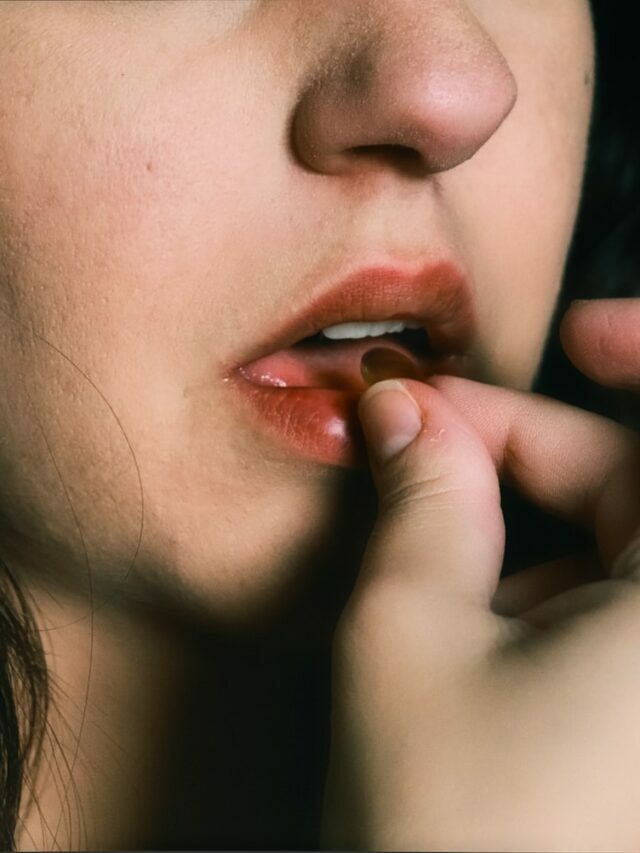Are you an ADHD impulse buyer?
Do you find yourself buying things on a whim? If so, you may be an impulse buyer. Impulse buying can lead to spending more money than you planned and regretting purchases later. It can be tough to resist the urge to buy something when it’s right in front of you, but if you’re trying to save money, it’s important to be aware of your impulses and learn to control them.
If you have ADHD, you may be more prone to impulsively spending your money on things you don’t need. This can be a major problem, as it can lead to financial instability and even debt. Fortunately, there are steps you can take to help stop impulsive spending.
What is impulsivity?
Impulsivity is a tendency to act on impulse, without thinking about the consequences. People who are impulsive often do things without thinking about whether or not it is a good idea, and they may act on their emotions instead of logic. Impulsivity can lead to problems in many areas of life, including relationships, work, and finances.
Why are People with ADHD so impulsive?

There are several theories about why people with ADHD are so impulsive. One theory is that ADHD is caused by a deficiency of the neurotransmitter dopamine. This theory suggests that people with ADHD have trouble regulating their dopamine levels, which can lead to seeking out more and more of the neurotransmitter. Impulse purchases often send an instant hit of dopamine coursing through the brain. Another theory is that people with ADHD have difficulty filtering out distractions, which can lead to hyperfocus on a topic and impulsive decisions.
Here are a few tips:
1) Create a budget and stick to it.
2) Put your money in a savings account instead of keeping it in your wallet or purse.
3) Avoid situations that may tempt you to spend money impulsively.
4) Find constructive ways to deal with boredom or stress that don’t involve spending money.
5) Ask for help from a friend or family member if you’re struggling to control your spending.
Understand Your Triggers
Before you can start to address your impulsive spending, you need to understand what triggers it.
For many people with ADHD, impulsive spending is a response to stress or anxiety. When you feel overwhelmed or anxious, the urge to spend can seem irresistible.
Other common triggers include boredom, peer pressure, and the desire for instant gratification. Instant gratification is the desire to receive immediate rewards or satisfaction. It is a common human tendency to want to get what we want immediately. This can lead to impulsive decisions and poor long-term planning. Once you know what triggers your impulsive spending, you can start to develop strategies to deal with it.
Make a Budget
When it comes to impulsive spending, people with ADHD need to take extra precautions. Making a budget can be difficult for anyone, but it can be especially challenging for those with ADHD. However, there are a few tools that can help.
YNAB
One popular tool is YNAB, which allows you to create a budget and track your spending. Money doesn’t have to be messy. The YNAB budgeting app and its simple four-rule method will help you organize your finances, demolish your debt, save piles of cash, and reach your financial goals faster. Impulse spending? ADHD? No problem! With the YNAB budgeting app, you can easily take control of your money and finally get ahead. Download the free trial today and see for yourself how budgeting can be easy and actually fun.
Mint
You deserve to have a handle on your money. Money management can be daunting, especially when you have ADHD. With Intuit Mint, you can easily link all of your accounts and see your finances at a glance. That way, you’ll be able to spot opportunities to save and take control of your money. Stop guessing where your money goes and start getting ahead.
Find an Accountability Partner
If you want to learn how to stop impulsive spending, you need to find an accountability partner. This is someone who will hold you accountable and help keep you on track. It can be a friend, family member, co-worker, or even an online group. Find someone who shares your goals and is willing to support you through your journey. To find an accountability buddy, look for someone with similar values. You need to be able to trust your partner, so it’s important that you have a good relationship with them.
Tip: Search for groups of like-minded people in places such as ADHD Discord rooms.
Talk to your accountability partner at least once a week. This will help keep you on track and make sure you’re not slipping up or spending money when you aren’t supposed to.
Some topics to discuss with your accountability partner include:
- How much money you spent
- What you spent it on
- How you felt after spending the money
- What, if anything, you would have done differently
Questions for your accountability partner to ask:
- What is your motivation for spending impulsively?
- What are the circumstances that trigger your spending impulses?
- What are some alternatives to spending impulsively?
- What are the consequences of your impulse spending?
- What are some strategies you can use to resist the urge to spend impulsively?
Shop With a List

When you go shopping, make a list of the items you need and stick to it. This will help you stay focused and avoid impulse buys. If you see something that you want but don’t need, remind yourself that you can’t afford it and put it back.
Best list-making apps for ADHD Impulse Spending
Microsoft To Do
Stay organized and focused, from work to play. Juggling multiple tasks can be overwhelming. Microsoft To Do is here to help you organize your day, with My Day intelligent suggestions for your daily or weekly checklist. With a truly cross-platform app that works on your desktop and mobile devices, you can access your task list wherever you are. Break tasks down into simple steps, add due dates, and set reminders to keep you on track.
Todoist
Get your life organized in seconds with Todoist Millions of people around the world rely on Todoist to get things done. With its powerful natural language recognition and recurring dates, adding tasks to your to-do list is a breeze. Use Todoist’s apps, extensions and widgets on any device or platform for maximum productivity.
Use self-control and willpower to resist buying things on a whim. It may be difficult at first, but with practice, you’ll be able to stick to your list and save money.
Put Yourself on a Waiting Period
When you see something that you want, put yourself on a waiting period. Wait 24-48 hours before making a purchase. This will give you time to think about whether or not you really need the item. Maybe use one of the apps listed above to make a product list to come back to later. If, after 24 hours, you still want the item, go ahead and buy it. But if you’ve forgotten about it or no longer want it, then you know that you didn’t really need it in the first place.
Give Yourself an Allowance
If you want to stop impulsive spending, one of the best things you can do is give yourself an allowance. When you have money set aside specifically for spending, you won’t be as tempted to blow your entire budget on one purchase.
It’s also important to be mindful of your surroundings. Avoid places where you’re likely to spend money impulsively, and stick to your budget as closely as possible. If you have trouble with self-control, ask a friend or family member to help keep you accountable.
Conclusion
For those with ADHD, impulsive spending can be a real problem. But there are ways to combat it. First, try to become more aware of your spending patterns. Track where you are spending your money and how much you are spending. This will help you to see where your money is going and where you may be able to cut back.
Second, try to stick to a budget. This will help you to limit your spending to only what is necessary. Third, consider using a cash-only system. This will help you to limit your spending to only what you have on hand. Fourth, try to avoid temptation by staying away from places where you know you will be tempted to spend unnecessarily.
Fifth, if you find that you are struggling to control your impulses, seek professional help. There are many resources available that can help you to get your spending under control and live a happier, healthier life.











